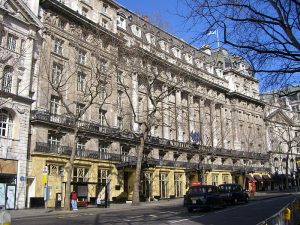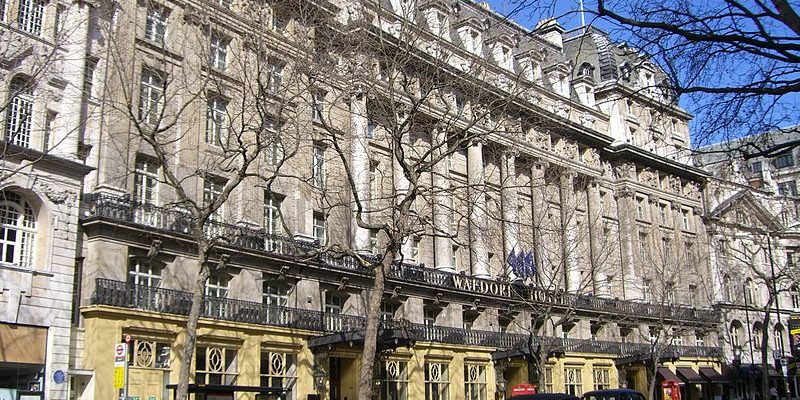Transfer from Westminster (WC2) to Gatwick Airport
 Covent Garden stands as subject to many descriptions as it has been and it still is one of the most diversified places in London. When someone refers to Covent Garden you could ask that person to specify as he could talk to you about a great market in the central square, a popular shopping and tourist site, a district or the Royal Opera House. The name could also refer to Coven Garden Square.
Covent Garden stands as subject to many descriptions as it has been and it still is one of the most diversified places in London. When someone refers to Covent Garden you could ask that person to specify as he could talk to you about a great market in the central square, a popular shopping and tourist site, a district or the Royal Opera House. The name could also refer to Coven Garden Square.
The past of Covent Garden was as shiny as its presents, because soon after the area was settled it became the main Anglo Saxon trading town and later on referred to as the garden of the Abbey and Convent because of its connection to Westminster Abbey which used the region to as arable land and orchards.
The land was also used by royalties as Henry VIII or several dukes and attracted the wealthier people of London until the 19th century when prostitutes started filling the area. Many additions were made to the initial settlement in time like the construction of luxurious houses or of important buildings that stand today as landmarks for the area.
The settlement was initially designed to serve as a flower market, being built in a Victorian iron glass building somewhere in the east part of the Covent Garden market square. The museum took his place in the building in the 80’s, most of the pieces you can admire there being brought at that time by the London General Omnibus Company.
Probably one of the most important buildings if not the most important building in Covent Garden is the Royal Opera House, which was formerly known as the Theatre Royal. The initial building of Theatre Royal, constructed in 1732, only lasted until 1808 when a fire destroyed it entirely. The series of misfortunes continued for this landmark as it was again a victim of destructive flames in 1857. Edward Shepherd was the first to design the architectural masterpiece which was initially created to serve as a playhouse, with the Letters Patent offered by Charles II. He offered Covent Garden and Theatre Royal, Drury Lane exclusive rights to present spoken drama in London.
The current design of the building keeps just a small part of the Edward’s Barry creation, dating from 1858, while every other element of the present construction dates from 1990 when the building of subject to a massive reconstruction which totaled a sum of 178 million pounds. The building is known as The Royal Opera or The Royal Ballet since 1945.
Also known as the Actor’s Church, the St. Paul’s Church was designed in a project that was supposed to create houses and buildings fit for the habitacons of Gentlemen and men of ability as Francis Rusell stated in 1631. The project was completed in 1633 but only became consecrated in 1638. Today’s St. Paul’s Church is mostly a reconstruction of the initial building designed by Inigo Jones which was subject to massive destruction following a fire in 1795. The architecture you can see today is mostly Georgian or Victorian design.
Transfer from London Gatwick Airport to Westminster (WC2) by Rail:
In order to get a transfer from London Gatwick Airport to Westminster by rail, you need to take the National Rail Service to London City Thameslink Station in a journey that will last approximately 39 minutes. Other transport options include taking a taxi transfer from Gatwick Airport to Westminster .
Transfer from London Gatwick Airport to Westminster (WC2) by Car:
In order to get from Gatwick Airport to Westminster by car, you have to take the M23 motorway followed by the A23 road. The distance between Gatwick Airport and Westminster is of 27 miles.
Transfer from London Gatwick Airport to Westminster (WC2) by Taxi:
A Taxi Transfer from London Gatwick Airport to Westminster with 247 Airport Transfer will take approximately 1 hour and 30 minutes. The Gatwick Airport transfer to Westminster will cost approximately 56 GBP for a saloon car.
Image: Wikimedia

